The problem with icons is they have a tendency to erase the person. Che Guevara becomes a t-shirt; Bob Marley a poster to adorn the walls of many a student bedroom and Marilyn Monroe becomes a hairdo, a pout and a dress blown up unexpectedly. In Marilyn’s case her erasure takes on a tragic tinge and it began almost straight away she got noticed during a photo-shoot at a munitions factory in Van Nuys, California. An executive at 20th Century Fox borrowed his mother’s maiden name to turn Norma Jean into the more alliteratively pleasing Marilyn Monroe, soon to become as famous as that other MM: Mickey Mouse.
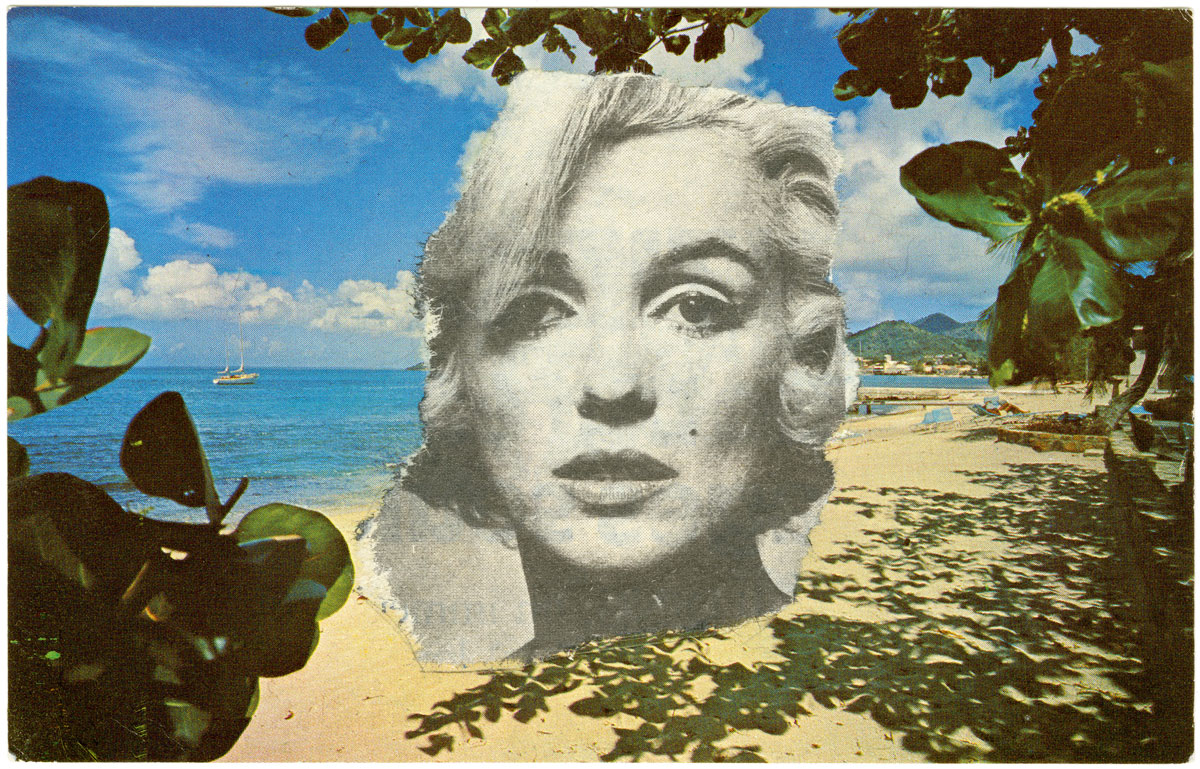
Modelling, acting, singing, dancing classes and a hasty divorce to a discouraging husband didn’t pay any immediate dividends, fame-wise, with the budding starlet struggling to make an impact. But then came 1950 and with it All About Eve, a comic role as a dumb blond which Marilyn imbued with a breathy innocence followed by a small but striking role in John Huston’s The Asphalt Jungle. Just as it looked like things were going to finally gong her way, a scandal broke that could have finished career before it even started: some nude photographs were published. Instead of denying it, she admitted the photos were of her but said she’d been broke. Having gained sympathy, the pics also added a sizzle to her future screen presence and it almost caught fire in her role as the femme fatale in the film noir – ‘a raging torrent of passion that even nature can’t control’ – Niagara. Respectable citizens were scandalised by the suggestions of nudity and Marilyn’s smoking presence, but the film was a huge hit.
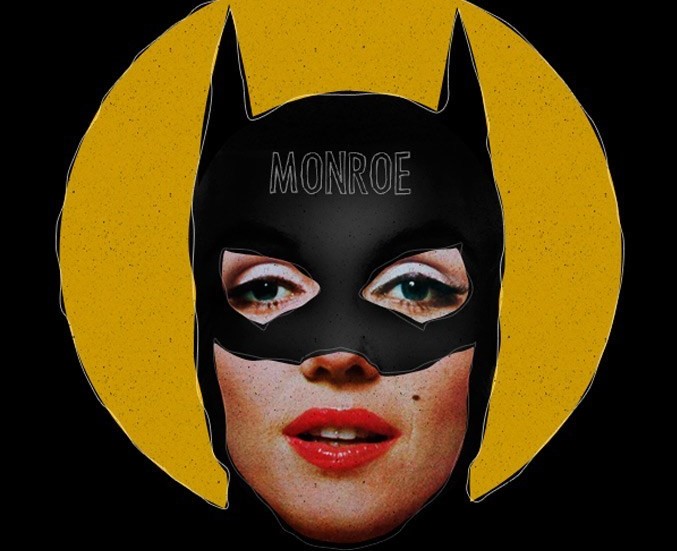
With Gentlemen Prefer Blondes in 1953, Marilyn’s screen persona as the dumb blonde was firmly established. And yet Marilyn always added a knowing wit to her comic performances. The whispery ‘Diamonds are a Girl’s Best Friend’ was a cunning anthem of material ambition from a girl who knew what she had and where she had to go. It would become a performance that would influence decades of a drag queens not to mention Madonna at a key point in her career. Despite her ascension to the heights of Hollywood fame, Marilyn was never comfortable in the studio system. She quickly got a reputation for lateness and delay.

Billy Wilder who directed her in The Seven Year Itch and Some Like It Hot would complain that it was like pulling teeth: ‘but when you had it you had something unique.’ Her own insecurities drove her to study her art with a seriousness many of her male colleagues mocked. A headline-pleasing marriage with Joe DiMaggio ended in divorce and Marilyn gravitated towards Marlon Brando and Arthur Miller, who was then under the shadow of the House of Un-American Activities Committee. But Marilyn showed huge courage, spurning the studios advice to stay away from Miller and marrying him.
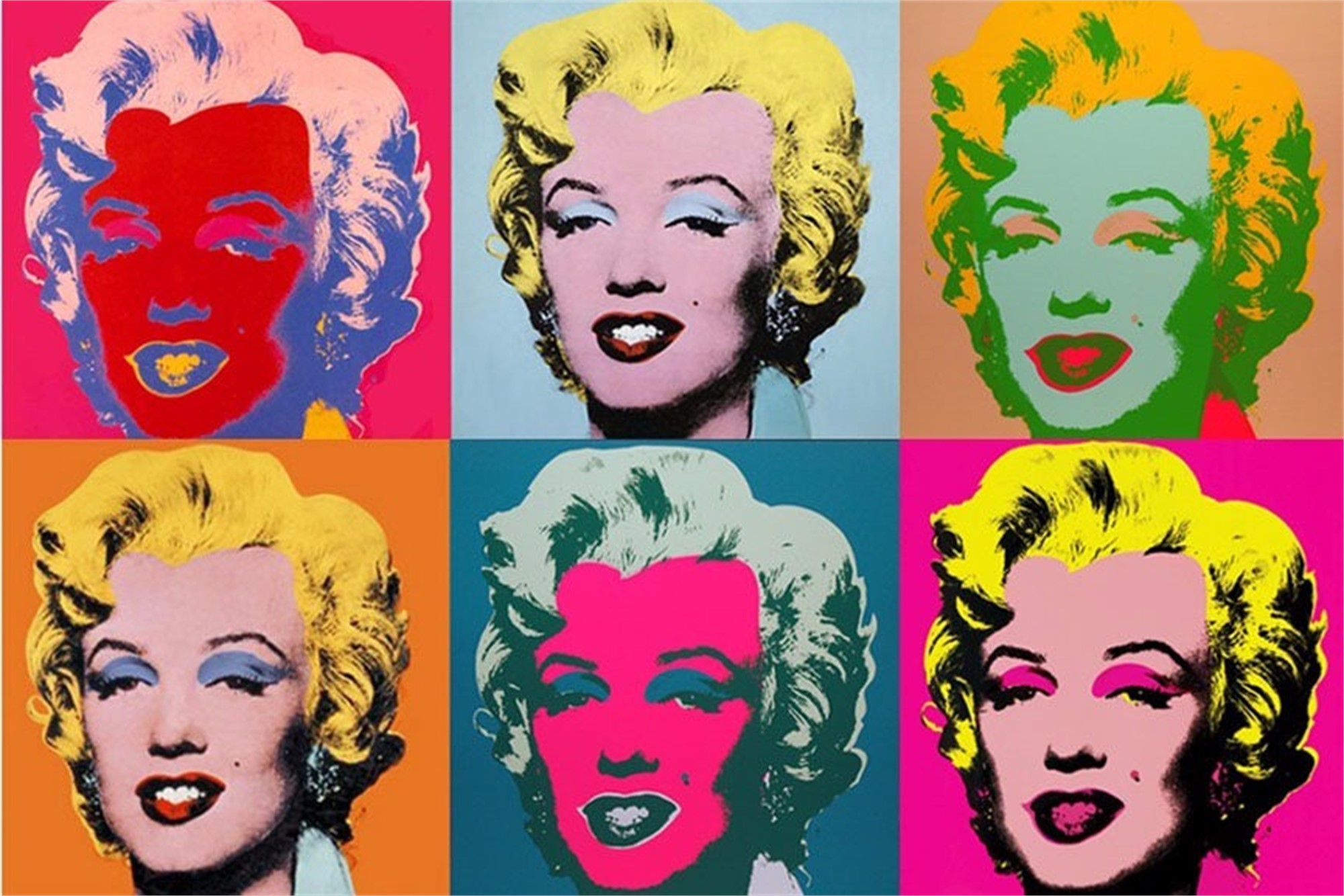
Even her problems onset could be seen as Marilyn trying to gain more control over the material that threatened to just stereotype her as another dumb blonde. When Wilder refused to rewrite screens, Marilyn would deliberately spoil the take to get her way. From such creative ferment comes great art and Some Like It Hot has to stand as one of the high points of Hollywood comedy. Monroe’s Sugar Kane isn’t just the butt of jokes, she is the heart of the movie and the bearer of some genuine pathos: ‘I’m tired of getting the fuzzy end of the lollipop.’
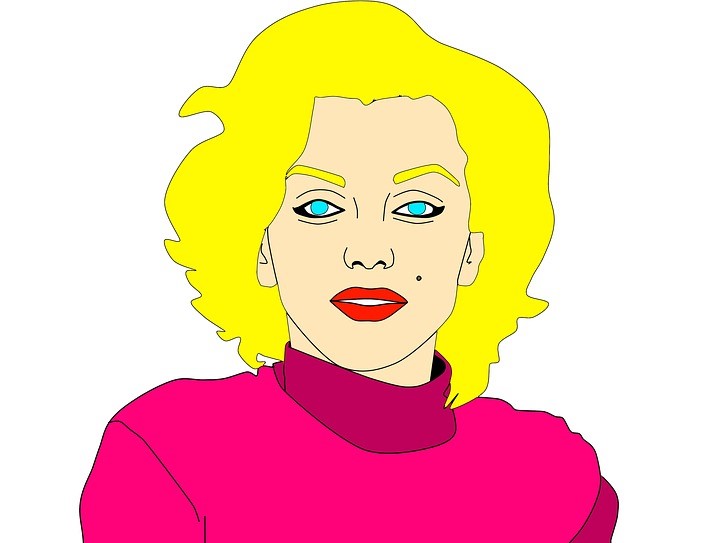
The fuzzy end seemed to be all that was left though. Mistreatment by various men who saw her as a kind of sexual version of Everest – including JFK and Frank Sinatra – and the drugs and booze were beginning to take their toll along with growing health problems. Teaming up once more with John Huston – who had directed her all those years ago in The Asphalt Jungle – and scripted by her husband Miller, Marilyn hoped that The Misfits would prove an artistically serious role, a triumphant return. But Huston was distracted by gambling debts, co-star Clark Gable was exhausted and would have a fatal heart attack three days after finishing filming and Marilyn’s marriage to Miller was likewise moribund.
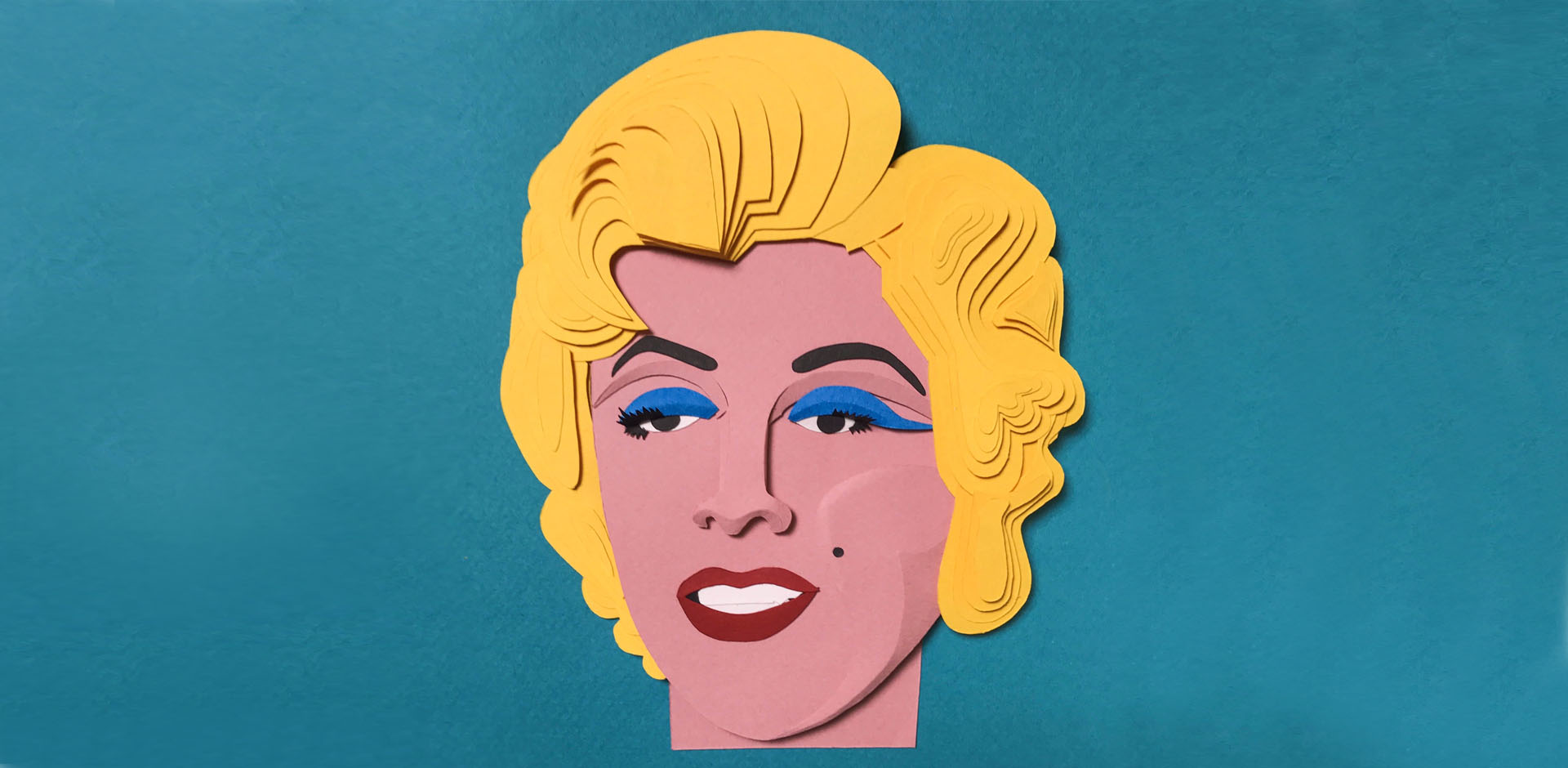
Despite the problems – or perhaps because of them – The Misfits is an astonishing film. The performances from Gable, Monroe and Eli Wallach are stunning and the film has a gritty reality. The old Hollywood was passing – it was 1961 – and Huston’s film felt more akin to the New Hollywood that was to come. Tragically, at the age of 36 Marilyn took her life. She had made her mark on movies and become as famous as a sex symbol as Charlie Chaplin became famous in comedies or John Wayne in Westerns, but she was more than that. She left behind a handful of great movies, rightfully regarded as classics, as well as a legend of resilience, exploitation and frailty. In a word, she was a star.
Watch The Prince and the Showgirl now on Chili
- They Don’t Make ‘Em Like That No More: Clint Eastwood
- They Don’t Make ‘Em Like That No More: Montgomery Clift
- They Don’t Make ‘Em Like That No More: Paul Newman
- They Don’t Make ‘Em Like That No More: Humphrey Bogart
- They Don’t Make ‘Em Like That No More: Jack Lemmon
- They Don’t Make ‘Em Like That No More: Audrey Hepburn
- They Don’t Make ‘Em Like That No More: James Stewart
- They Don’t Make ‘Em Like That No More: Robert Mitchum
- They Don’t Make ‘Em Like That No More: Robert Redford

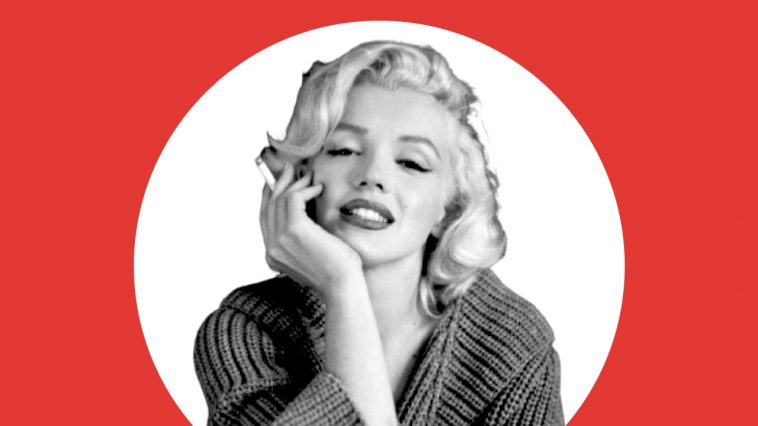




Leave a Comment